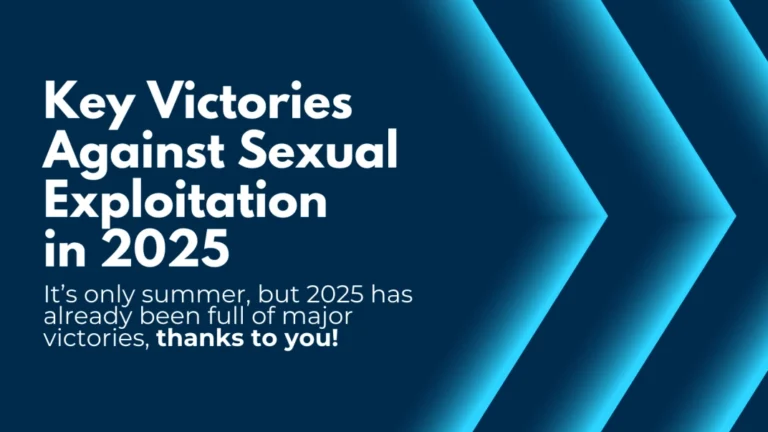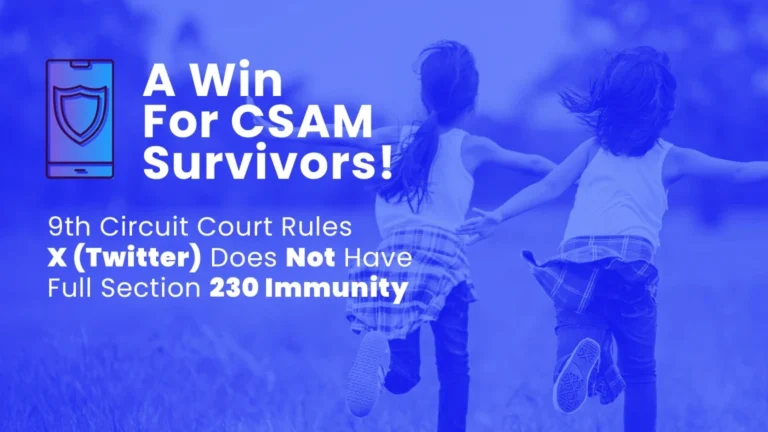In December of last year, Twitter announced it would be enforcing its rules about violent and inappropriate content. The site now intends to block what the platform terms “hateful content” as well as content that is degrading or abusive. Twitter’s attempt to make users feel more safe in light of growing online extremism is an important effort, but there is another enemy to public wellbeing in our midst: Internet pornography. Pornographic images abound in actual user accounts that display graphic content on their own pages, and these images are accessible to other Twitter users.
Twitter outlines their authority to regulate exploitative images in a blog about their new policy enforcement. Their policy cites “sexist tropes” as a critical item on they intend to address. In the modern crusade against gender-based abuse, many players in the media are growing more conscious about the discrimination as well as exploitation, and rightly so.
But if the website was serious about gender equity and the wellbeing of their users, they would recognize pornography for what it really is: overtly sexist, grossly objectifying, and sexually exploitative. The ills of pornography disproportionately affect women by promoting the idea that women’s bodies are sexual objects whose soul purpose it is to be consumed by the public. To ignore inherently sexist images, even under the guise of an opt-in function is hypocritical.
The blog also remarks how posts that “reduce someone to less than human” will be permanently suspended. Although the rules seem intentionally vague, we challenge Twitter to come up with a rebuttal that pornography is anything more than degrading and the opposite of human-centered entertainment.
In an industry where women are stripped of their identities, the objectification inherent to pornography is as blatant as it is flagrant. A 2010 study from the European Journal of Social Psychology came to the conclusion that objectified persons are associated with less personhood. Pornographic images clearly fit into this category and should, according to the Twitter’s own standards, be erased from view.
We can see that Twitter intends to make improvements, but it’s important not to let up or slow down our efforts. Pressuring companies to enforce the rules put in place is a significant step in halting sexual exploitation. Twitter’s actions to clean up searches and plans to monitor “sexist tropes” and dehumanizing content are certainly a good foundation from which to build but it’s just the start. Actually making the connection that pornography is sexist and dehumanizing and then enforcing rules against explicit images is a critical next step.
Twitter’s given themselves all the proper rights to monitor their platform. We know they see what content goes up, and we know they care. We are waiting to see if they are simply brave and consistent enough to do the right thing, and join us in ending sexual exploitation.



